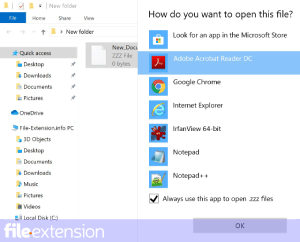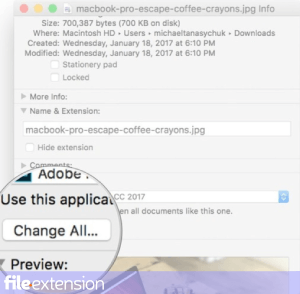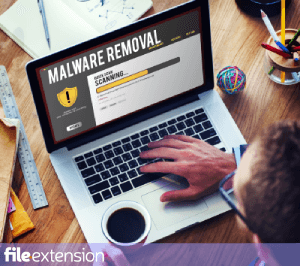
P15 File Extension
PAR Recovery Volume
-
DeveloperPeter B. Clements
-
CategoryArchive Files
-
Popularity0 ( votes)
What is P15 file?
Full format name of files that use P15 extension is PAR Recovery Volume. PAR Recovery Volume format was developed by Peter B. Clements. P15 files are supported by software applications available for devices running . Files with P15 extension are categorized as Archive Files files. The Archive Files subset comprises 619 various file formats. The software recommended for managing P15 files is QuickPar. QuickPar software was developed by Peter B. Clements, and on its official website you may find more information about P15 files or the QuickPar software program.
Programs which support P15 file extension
Files with P15 suffix can be copied to any mobile device or system platform, but it may not be possible to open them properly on target system.
How to open file with P15 extension?
Being unable to open files with P15 extension can be have various origins. On the bright side, the most encountered issues pertaining to PAR Recovery Volume files aren’t complex. In most cases they can be addressed swiftly and effectively without assistance from a specialist. We have prepared a listing of which will help you resolve your problems with P15 files.
Step 1. Install QuickPar software
 Problems with opening and working with P15 files are most probably having to do with no proper software compatible with P15 files being present on your machine. The solution is straightforward, just download and install QuickPar. On the top of the page a list that contains all programs grouped based on operating systems supported can be found. If you want to download QuickPar installer in the most secured manner, we suggest you visit Peter B. Clements website and download from their official repositories.
Problems with opening and working with P15 files are most probably having to do with no proper software compatible with P15 files being present on your machine. The solution is straightforward, just download and install QuickPar. On the top of the page a list that contains all programs grouped based on operating systems supported can be found. If you want to download QuickPar installer in the most secured manner, we suggest you visit Peter B. Clements website and download from their official repositories.
Step 2. Verify the you have the latest version of QuickPar
 You still cannot access P15 files although QuickPar is installed on your system? Make sure that the software is up to date. Sometimes software developers introduce new formats in place of that already supports along with newer versions of their applications. This can be one of the causes why P15 files are not compatible with QuickPar. All of the file formats that were handled just fine by the previous versions of given program should be also possible to open using QuickPar.
You still cannot access P15 files although QuickPar is installed on your system? Make sure that the software is up to date. Sometimes software developers introduce new formats in place of that already supports along with newer versions of their applications. This can be one of the causes why P15 files are not compatible with QuickPar. All of the file formats that were handled just fine by the previous versions of given program should be also possible to open using QuickPar.
Step 3. Assign QuickPar to P15 files
If the issue has not been solved in the previous step, you should associate P15 files with latest version of QuickPar you have installed on your device. The method is quite simple and varies little across operating systems.

Selecting the first-choice application in Windows
- Right-click the P15 file and choose option
- Click and then select option
- To finalize the process, select entry and using the file explorer select the QuickPar installation folder. Confirm by checking Always use this app to open P15 files box and clicking button.

Selecting the first-choice application in Mac OS
- By clicking right mouse button on the selected P15 file open the file menu and choose
- Find the option – click the title if its hidden
- Select the appropriate software and save your settings by clicking
- If you followed the previous steps a message should appear: This change will be applied to all files with P15 extension. Next, click the button to finalize the process.
Step 4. Check the P15 for errors
If you followed the instructions form the previous steps yet the issue is still not solved, you should verify the P15 file in question. It is probable that the file is corrupted and thus cannot be accessed.

1. Check the P15 file for viruses or malware
If the file is infected, the malware that resides in the P15 file hinders attempts to open it. Immediately scan the file using an antivirus tool or scan the whole system to ensure the whole system is safe. If the scanner detected that the P15 file is unsafe, proceed as instructed by the antivirus program to neutralize the threat.
2. Ensure the file with P15 extension is complete and error-free
If the P15 file was sent to you by someone else, ask this person to resend the file to you. The file might have been copied erroneously and the data lost integrity, which precludes from accessing the file. If the P15 file has been downloaded from the internet only partially, try to redownload it.
3. Check if the user that you are logged as has administrative privileges.
There is a possibility that the file in question can only be accessed by users with sufficient system privileges. Switch to an account that has required privileges and try opening the PAR Recovery Volume file again.
4. Verify that your device fulfills the requirements to be able to open QuickPar
If the systems has insufficient resources to open P15 files, try closing all currently running applications and try again.
5. Check if you have the latest updates to the operating system and drivers
Up-to-date system and drivers not only makes your computer more secure, but also may solve problems with PAR Recovery Volume file. Outdated drivers or software may have caused the inability to use a peripheral device needed to handle P15 files.
Do you want to help?
If you have additional information about the P15 file, we will be grateful if you share it with our users. To do this, use the form here and send us your information on P15 file.

 Windows
Windows 
